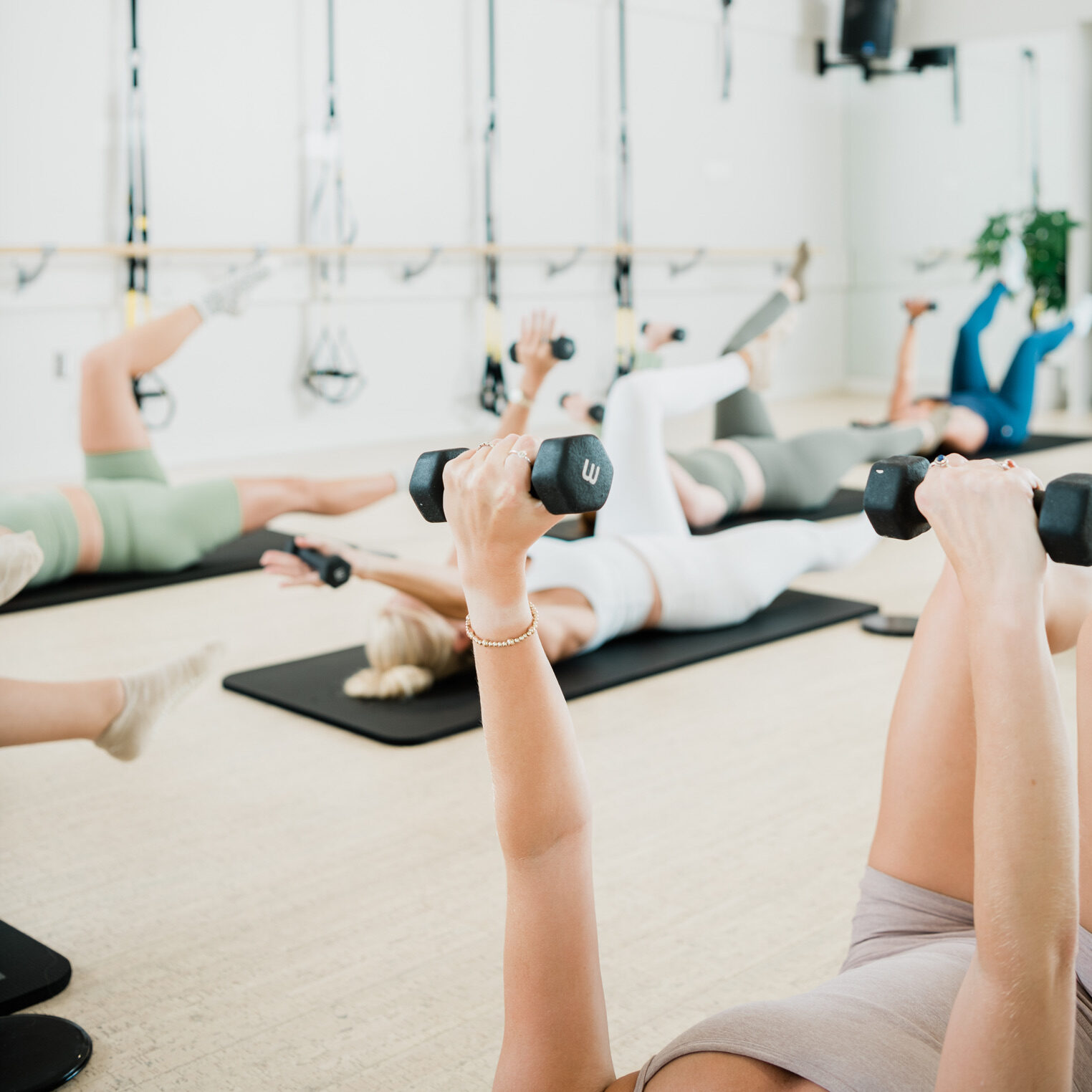the blog
There’s nothing like the energy of summer fitness season—longer days, warmer weather, and a fresh sense of motivation. But between vacations, events, and rising temps, your healthy habits can easily take a back seat. The good news? With a little planning, you can keep your momentum going all season long. Whether you’re traveling, spending more […]
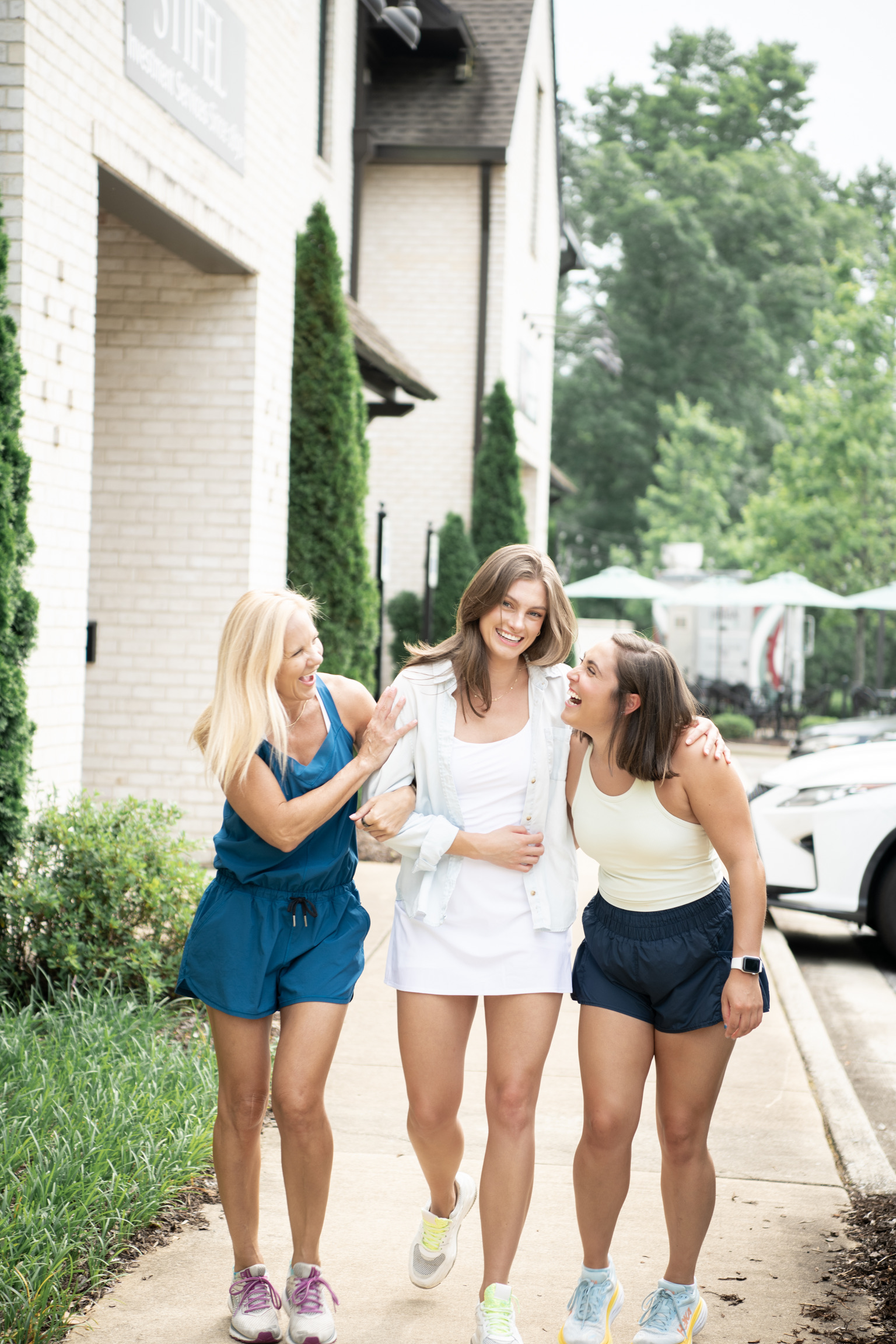
If you’ve ever stepped into a True40 class expecting yoga, you’re not alone. Many first-timers are surprised to discover that while True40 draws inspiration from yoga—particularly in its grounding cooldown—it’s a much more dynamic, strength-based workout. Both yoga and True40 focus on intentional movement, breath, and low-impact exercises, but that’s where the similarities stop. In […]
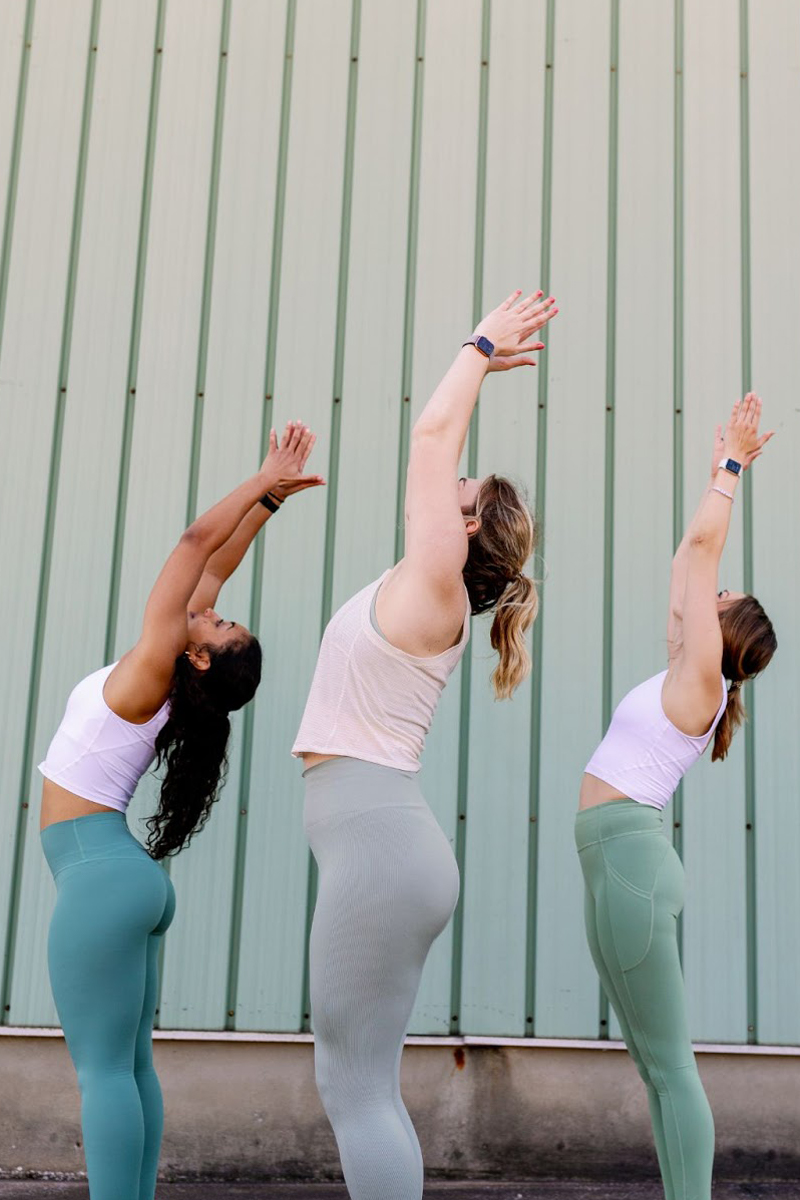
We are so happy to announce our newest studio location that will open this year – True40 Studio Gardendale! The Gardendale location will feature our signature supportive community and bright and light aesthetic. It is such an honor to bring this franchise to such a wonderful community. Meet the True40 Studio Gardendale Owners Sophia and […]

What is TRX? If you’ve ever seen yellow-and-black straps hanging in a fitness studio and wondered what they’re for, you’re not alone. TRX—short for Total Resistance Exercises—is a form of suspension training that uses your own body weight to help you build strength, improve core stability, and develop balance and flexibility all at once. At […]
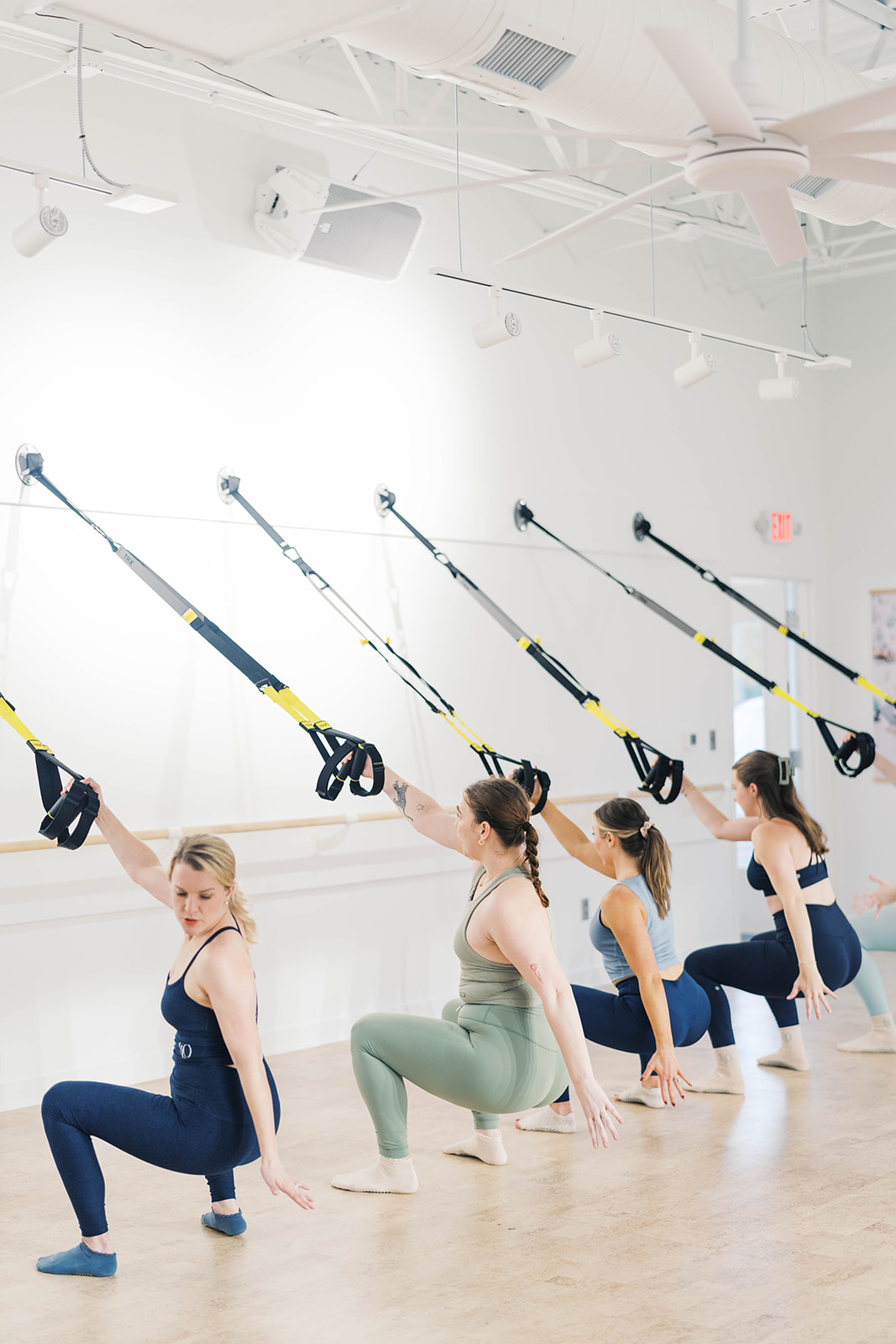
A barre fitness class is a low-impact workout that blends elements of ballet, Pilates, and strength training. Using a ballet barre for balance, participants perform small movements that target key muscle groups like the thighs and glutes. Many barre workouts, like True40, incorporate body weight, resistance bands, ankle weights, and exercise balls to enhance muscle […]
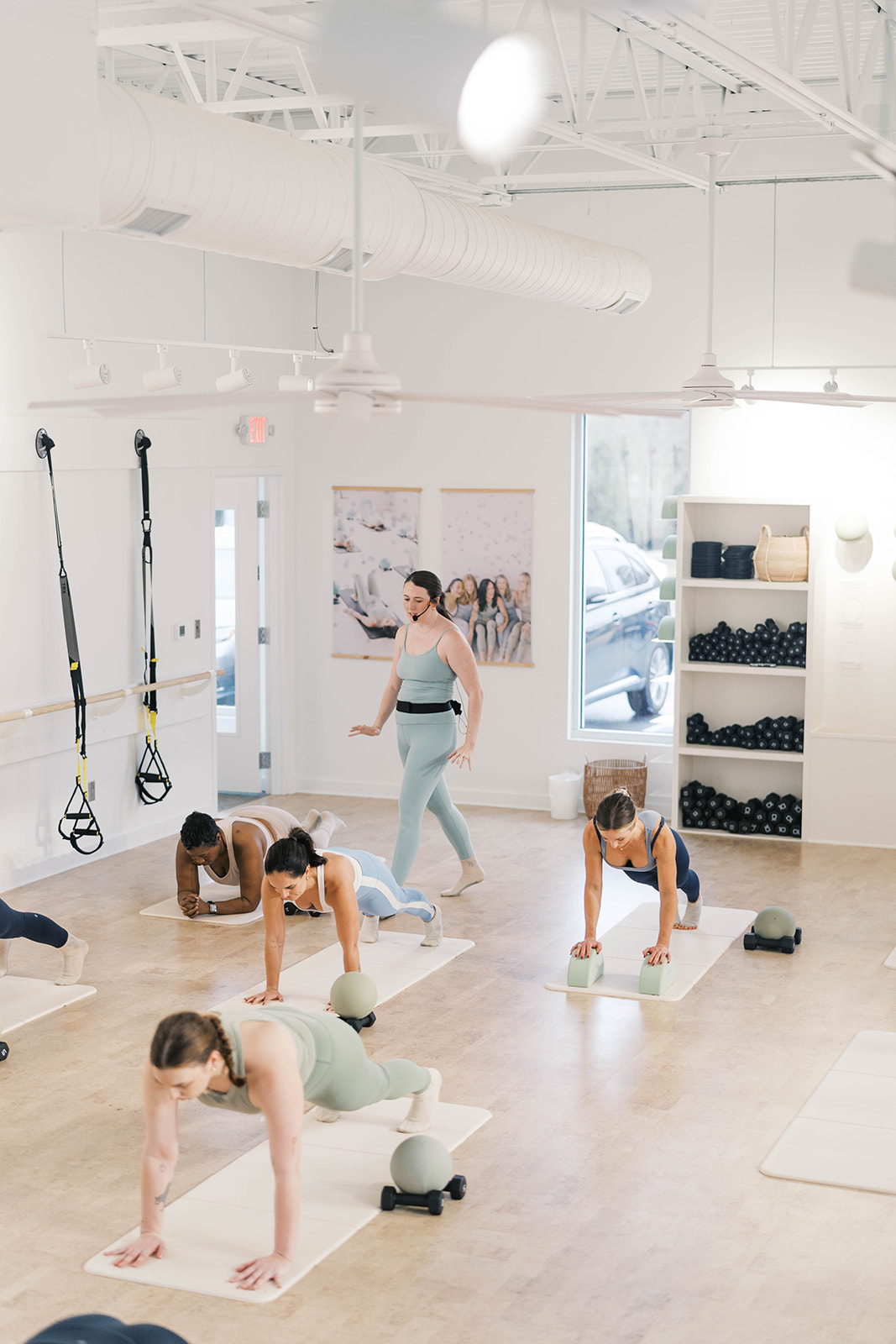
Our brand CEO Kaitlyn Bentley was recently featured in this article on Rent.com. This article shares how to create and utilize a small home gym for when you can’t make it into the studio. We are resharing here, with encouragement to hop into our on demand classes at any time, from anywhere! Your home should […]
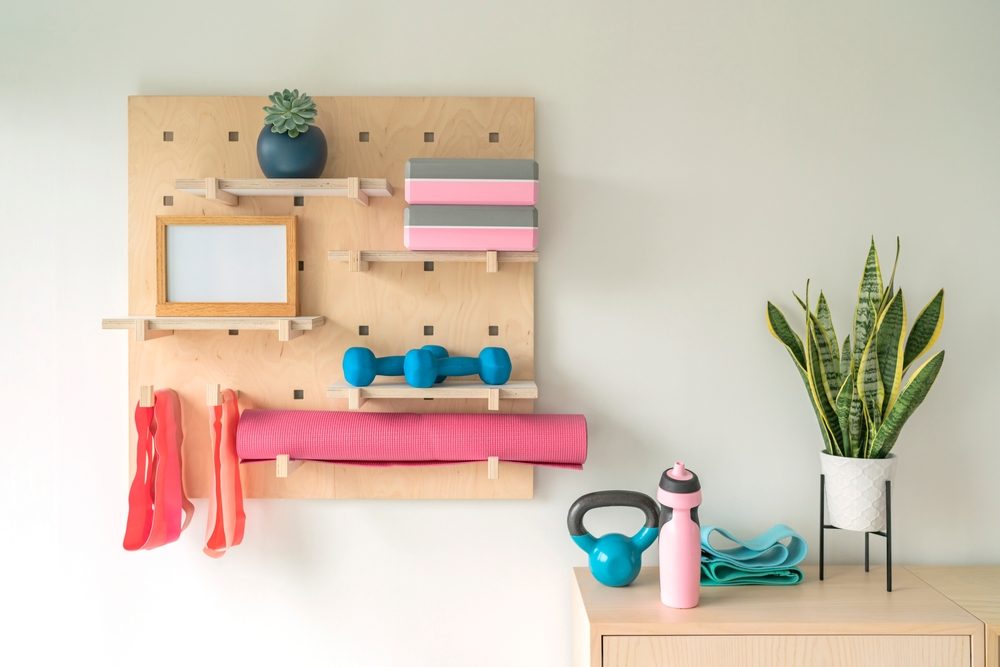
Trussville, get ready! We are thrilled to announce the opening of a brand-new True40 Studio location in mid-April. This expansion marks an exciting step forward in bringing our transformative, community-driven workout experience to more people, and we couldn’t be happier to introduce our newest franchisee! Meet the True40 Studio Trussville Owner From the moment she […]

As popular New Year’s resolutions flood social media feeds, millions wonder: what’s a New Year’s resolution that actually sticks? At True40 Studio, we’re transforming how long New Year’s resolutions last by providing the structure and support needed for lasting change. Why Traditional Resolutions Fail Traditional resolutions often fail because they’re: Statistics show that popular New […]
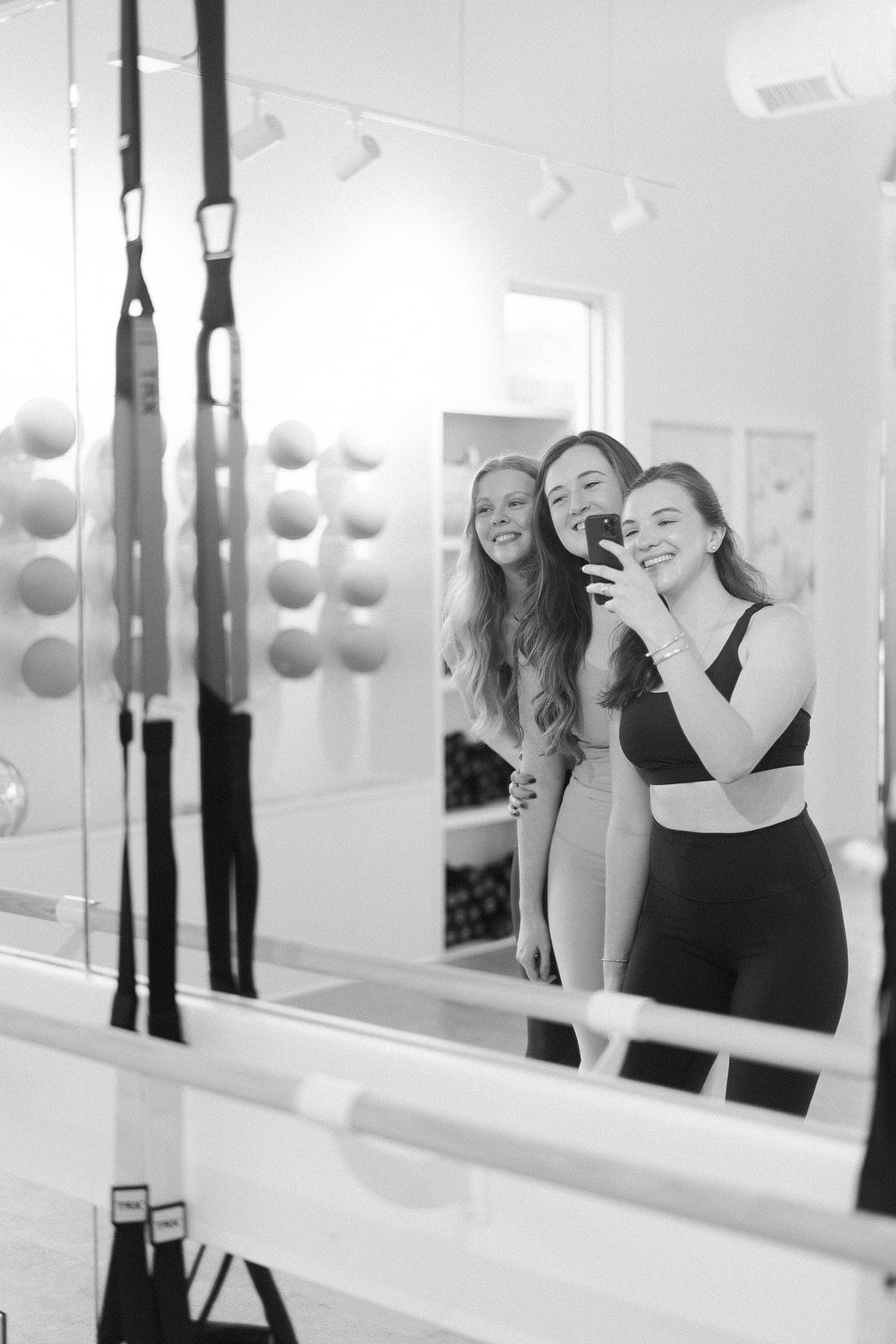
Staying active in the colder months isn’t always easy, but keeping up with your winter fitness motivation is the ultimate gift for yourself. At True40 Studio, we believe that movement fuels joy, strengthens the body, and creates space for balance—no matter the season. Let’s explore how you can continue prioritizing movement and its benefits through […]
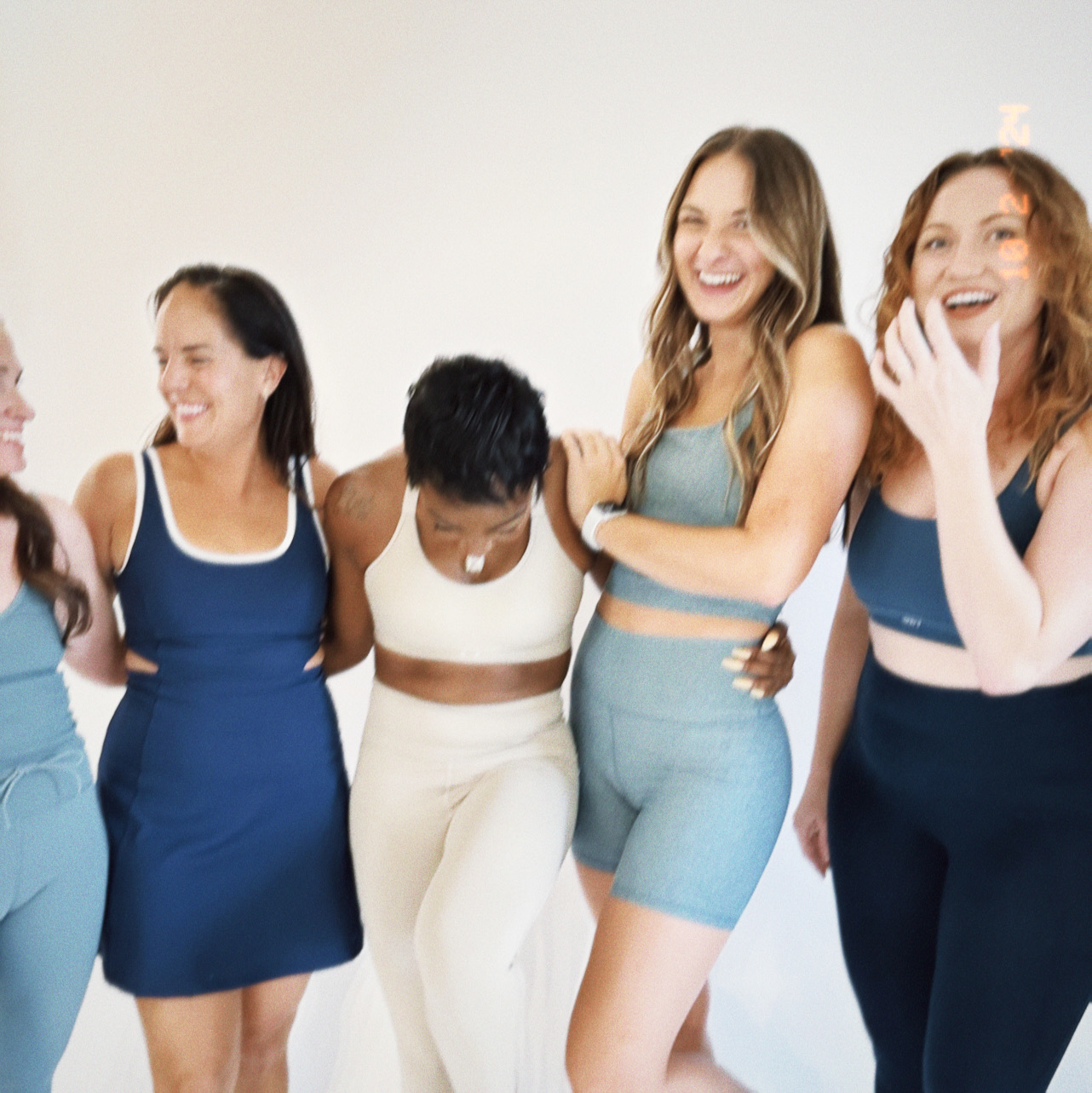
Pilates is having a moment right now, and the question of Pilates vs True40 has been brought to us. With multiple low-impact strength training approaches available, choosing the right workout for you can be challenging. Understanding the unique characteristics of each method can help you make an informed decision. What is Pilates? Pilates is a […]
